
Activists are urging politicians and development agencies to reform foreign aid and humanitarian work on the ground. Critics of the developmental sector tie it to colonialism, and actors within foreign aid are thinking about improving the quality of life for people around the globe while also moving away from colonial ideologies. Outreach International is one of the organizations helping to change the realities of the developmental sector.
The Relationship Between Colonialism and the Developmental Sector
The foreign aid sector has received criticism for being a neocolonial agent. The arguments are that Western countries impose their cultures on non-Western cultures through development programs and that the Global North portrays the Global South as helpless.
In the history of development programs, Western countries have imposed their values on non-Western countries and have touted modernization. Prominent Western officials, who were unaware of the Global South’s everyday realities, designed the programs without input from the actual citizens. The West brought values and practices to non-Western countries that were not necessarily important or even helpful for the people in these countries, as these experts mainly were from non-aid countries.
Additionally, some have portrayed foreign aid recipients as helpless. The foreign aid sector has not historically given agency to people in recipient countries to decide what they want for their futures and how they wish to achieve it. A mentality developed that the Global North could “save” the Global South from misery and poverty even though the Global South was not asking for anyone to save it.
The developmental sector receives criticism, but it has also helped people around the world. For instance, from 1990 to 2019, extreme poverty has substantially decreased from 36% of the global population to 8% of the worldwide population, maternal and infant mortality rates have reduced by 50% and smallpox cases no longer exist.
Neocolonialist criticisms invite the developmental sector to reflect on its history and current practices. The inclusion of voices from aid-recipient countries in creating and implementing development programs can produce sustainable poverty reduction.
Prioritizing Community Voices: Outreach International
Outreach International is a nonprofit dedicated to addressing the challenges of global poverty. The organization partners with nine locally-registered nonprofits that operate in nine countries spanning from Africa to Latin America to Asia, and the organization has been in operation for 42 years. Outreach International’s program interventions focus on organizational, capacity and leadership development. The organization, alongside its program and community partners, has worked on 541 community issues, and 62,724 people benefit from the organization’s work.
Collaboration with local communities in poverty-reduction work is the cornerstone of Outreach International’s programming. In fact, The Borgen Project spoke with Dr. Elene Cloete, Director of Research and Advocacy for Outreach International, and she shared that, “We [Outreach International] believe that you can support people in obtaining greater social, economic health…. They [locals] are in [EC1] and should be in the driving seat of their community-led development.”
The Participatory Human Development Process (PHDP), Outreach International’s own methodology, creates sustainable improvements to everyday life. Through the PHDP, the organization and its program partners facilitate discussion among community groups so that locals are the ones who identify the poverty-related problems that are most salient to them and so that local communities can create their own solutions. The PHDP enables communities to plan their futures.
Outreach International’s On-the-Ground Success in the Philippines
Rural communities often face high rice prices in the Philippines. Rural communities also rely on wage labor in the agricultural sector, and rural Filipinos can only work during the planting and harvesting seasons. Between these seasons, many rural Filipinos are out of a job. Combined with high rice prices, rural Filipinos struggle to feed their families.
Outreach International, its program partner, Outreach Philippines, Inc. and rural Filipino communities have worked together to establish a program that allows rural communities to access rice from their own community-based organizations at very low interest, especially in comparison to the other options that rural Filipinos have. The community groups implement rice loan projects through which they buy rice at an affordable price because they purchase the rice in bulk. The interest rate powers the growth of the local community groups by increasing the number of people who can take part in them.
Rural communities own and run the rice loan project, and the program’s rice and money remain in the communities, giving agency to rural Filipinos and allowing them to access a more sustainable source of food. Dr. Cloete sums the program up beautifully; “That’s the beauty of it. Because the project is owned, managed, driven by the community, they have ownership over the project. And they can decide what issue they want to address next. We have this beautiful cyclical thing that takes place.”
Activists and organizations within the developmental sector are encouraging it to veer away from neocolonialism and instead make local voices heard. Outreach International is a crucial example of championing sustainable poverty reduction through the empowerment of local communities. The organization is contributing to changing the developmental sector, and it will be exciting to see Outreach International’s growth and impact over the coming years.
– Anna Ryu
Photo: Unsplash
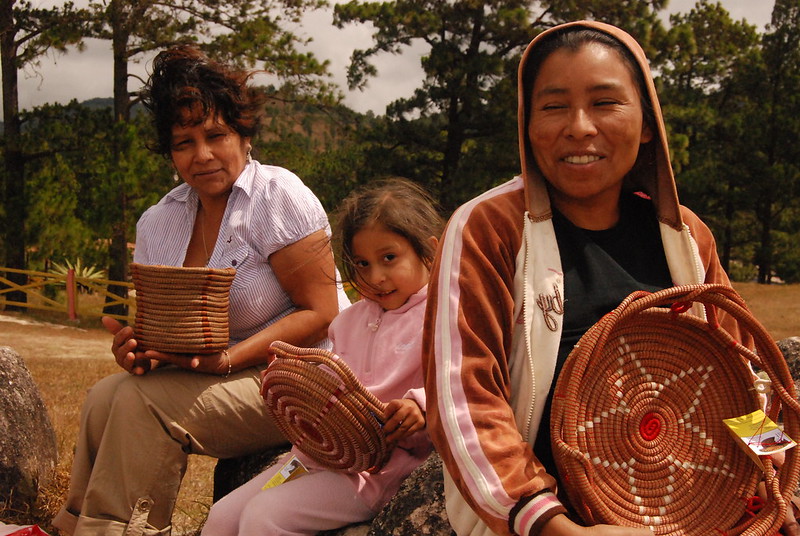
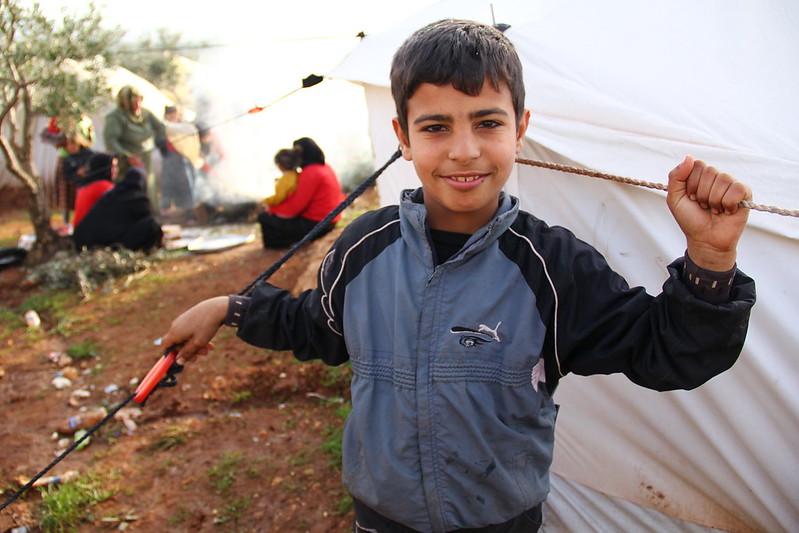

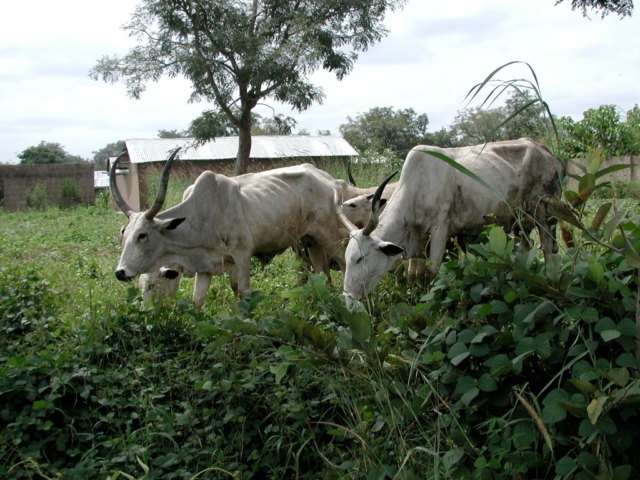 Nigeria’s dairy industry has many problems. Inefficiency, “lack of technical knowledge” and outdated practices plague local dairy farming in Nigeria. Thus, Nigeria does not meet its potential for establishing a thriving dairy industry. Even though Nigeria has enough cows, in 2020, it still spent $2.5 billion importing milk from multiple countries. Farmers in Nigeria lack access to infrastructure, veterinarians and technologies to improve milk collection. Fortunately, NGOs have begun operations to help local dairy farming in Nigeria meet its potential. Sahel Consulting, an agricultural consultancy firm in Nigeria, has launched the Advancing Local Dairy Development in Nigeria (ALDDN) program to try to reshape dairy farming in Northern Nigeria. With support from the
Nigeria’s dairy industry has many problems. Inefficiency, “lack of technical knowledge” and outdated practices plague local dairy farming in Nigeria. Thus, Nigeria does not meet its potential for establishing a thriving dairy industry. Even though Nigeria has enough cows, in 2020, it still spent $2.5 billion importing milk from multiple countries. Farmers in Nigeria lack access to infrastructure, veterinarians and technologies to improve milk collection. Fortunately, NGOs have begun operations to help local dairy farming in Nigeria meet its potential. Sahel Consulting, an agricultural consultancy firm in Nigeria, has launched the Advancing Local Dairy Development in Nigeria (ALDDN) program to try to reshape dairy farming in Northern Nigeria. With support from the 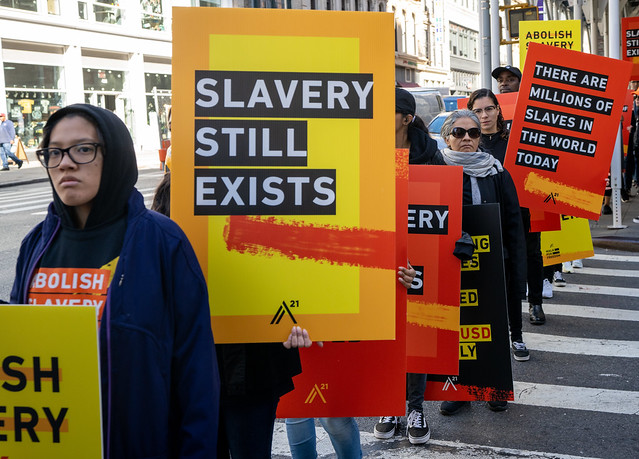 Human trafficking in Cambodia is growing and in need of action. In 2016, 40 million men, women and children were
Human trafficking in Cambodia is growing and in need of action. In 2016, 40 million men, women and children were 
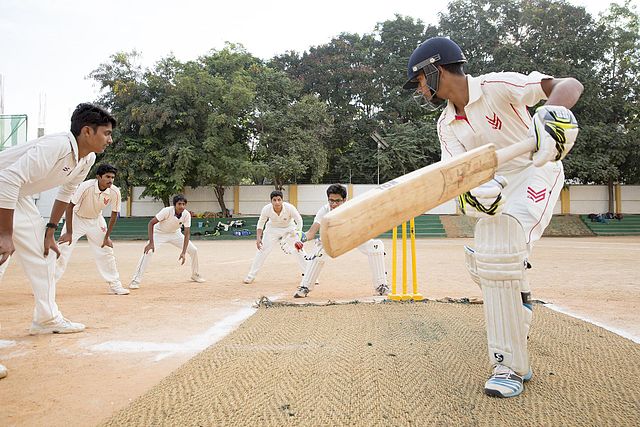 The International Cricket Council (ICC)
The International Cricket Council (ICC) Hungary, a landlocked country in Central Europe, ranks among the highest poverty rates in Europe. Nearly 33% of Hungary’s 10 million inhabitants are at risk of complete poverty if they forgo just three months of income. Hungarians with lower income disproportionally face many struggles, including
Hungary, a landlocked country in Central Europe, ranks among the highest poverty rates in Europe. Nearly 33% of Hungary’s 10 million inhabitants are at risk of complete poverty if they forgo just three months of income. Hungarians with lower income disproportionally face many struggles, including  Nearly
Nearly 